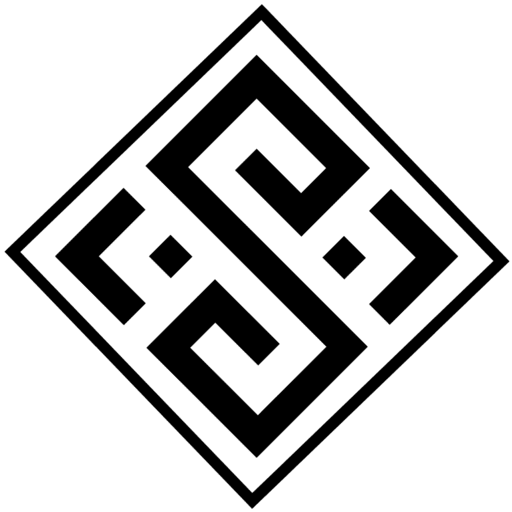The texture of carpets in this region is mainly flat weave and sometimes semi-pile, and the knots used in their texture are both Turkish and Persian. (Types of carpet knots). In terms of the height of the fibers used in the texture of carpets in this area, generally long and thick fibers are used, and their texture is a weft.
In terms of the raw materials used for weaving carpets in this area, wool and cotton can be introduced as the main options. Nowadays, the use of cotton threads for weaving carpets in this area is more common than wool, but in the past, it was the opposite. What is very common in this area is the use of high-quality raw materials. Shiny, soft and at the same time, high-quality wool is one of the features of Nahavandi carpets.
If you don’t know the concept of knot density, it can be said in a simple glance; the number of knots placed in a 7 square centimeter area of the carpet is called the knot density of the carpet. In fact, the more knots woven in this 7 cm area, the higher the quality and price of the carpet, and the more valuable and precious it is.
As for the knot density of Nahavand hand-woven carpets, it cannot be said that the carpets in this area have a high knot density, but in general, they have a medium knot density. The knot density of carpets in this region was 25 knots in the past, but in recent years, the knot density of carpets in this area has increased to something between 30 and 40 knots.
Colors of Nahavand Carpets
Nahavand handwoven carpets are generally considered among the colorful carpets that have gained high popularity by using very beautiful designs and attractive and vivid colors.
The colors used in carpet weaving are divided into two main categories: natural and artificial colors. The use of natural colors obtained from plants makes the carpet a very special beauty and appearance and also performs much better in terms of health and durability compared to artificial colors. Nahavand carpets mostly use natural colors for weaving.
On the other hand, a special characteristic of the color scheme of Nahavand carpets is the use of murky red and earthy colors on a dark blue background, which gives the main part of the borders a distinctive look. Of course, it would be wrong to say that this rule is always followed, but the opposite is true. If you see a carpet that has used this color scheme, rest assured that it is a handwoven Nahavand carpet.
Size and Appearance
Nahavand handwoven carpets are rarely seen in large sizes, and most of the weavings in this region are small-sized and rug-like.
The usual size of Nahavand carpets is 2.5 by 1.5 meters. In the past, the weaving of medium-sized carpets with a size of 3 by 1.5 meters or even 3.5 by 1.5 meters was common in this region, which is no longer produced today due to low demand for that size. A larger curtain-like size is more commonly produced. Perhaps more than 60% of the production in this region is the size of 4 meters or larger. Less than 10% is carpet and about half is runners and about 20% is 3-meter carpets and rug-like.
Nahavandi Carpet Design and Pattern
Hand-woven Nahavand carpets are woven in various designs and patterns, among which the Ashvan, Goli Heydar, and Lachak-e-Sefid designs are the most famous and globally renowned.
Typically, geometric designs with a rhombus shape and small shapes covering the background are used in Nahavand carpet designs and patterns. However, recently, the Ashvan design, which has a round rhombus shape (known as Shamsa), has gained popularity due to its bright and unique colors and has become more popular among people and decorators.
Interestingly, Ashvan is one of the villages in Nahavand where both men and women are involved in carpet weaving due to the high demand for carpets in this region. Among carpet experts and specialists, the Ashvan carpet is a recognized option that can be identified by the wild marigold flowers in the four corners of the carpet.
In terms of price, it should be noted that hand-woven Nahavand carpets are among the most exported options, and although they may be slightly expensive, their beauty and quality make them worth the cost.
